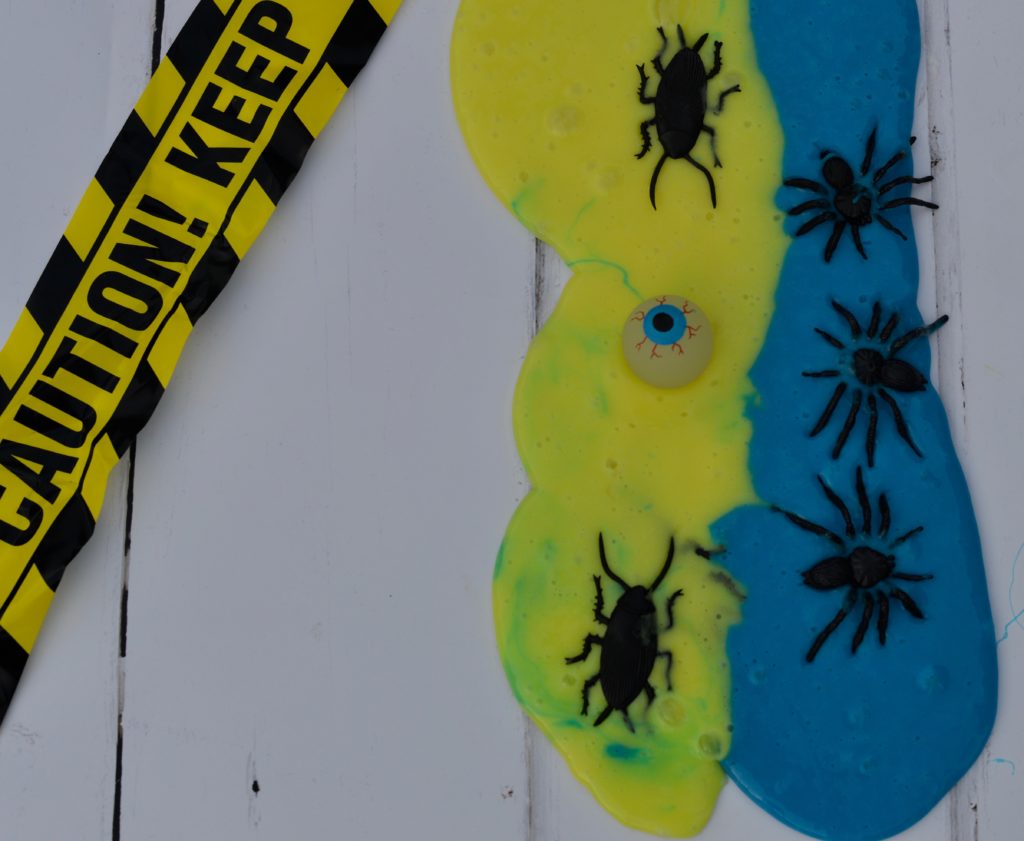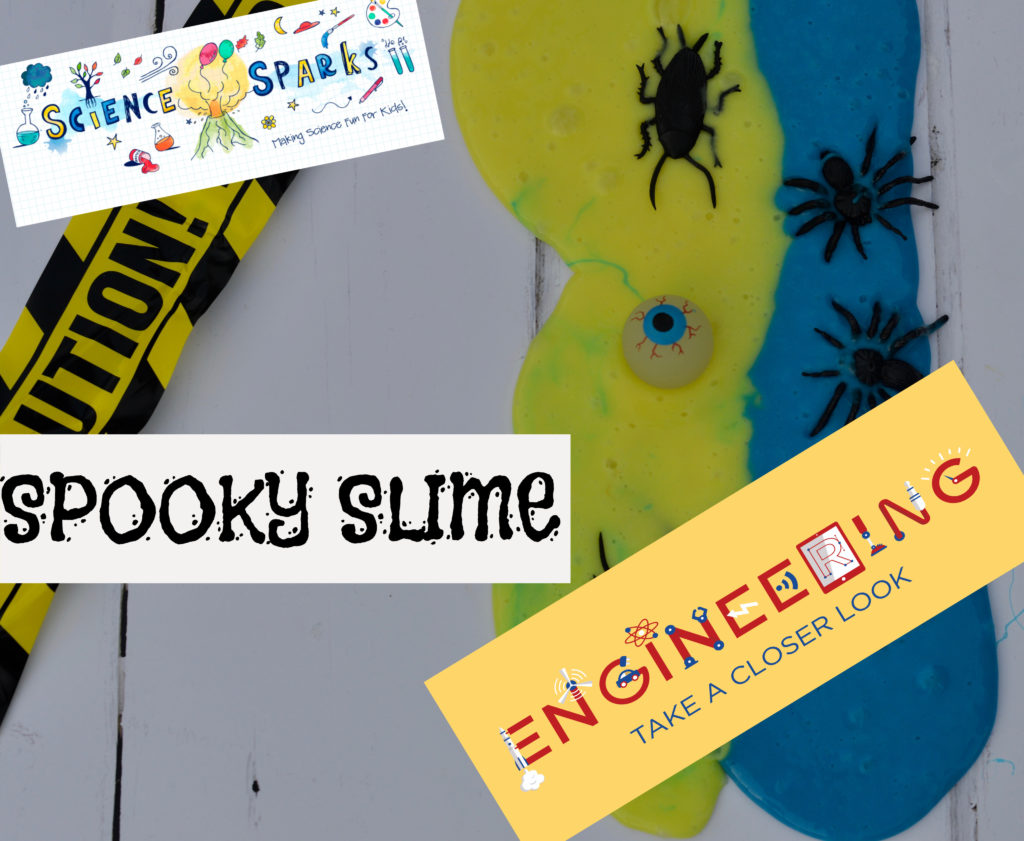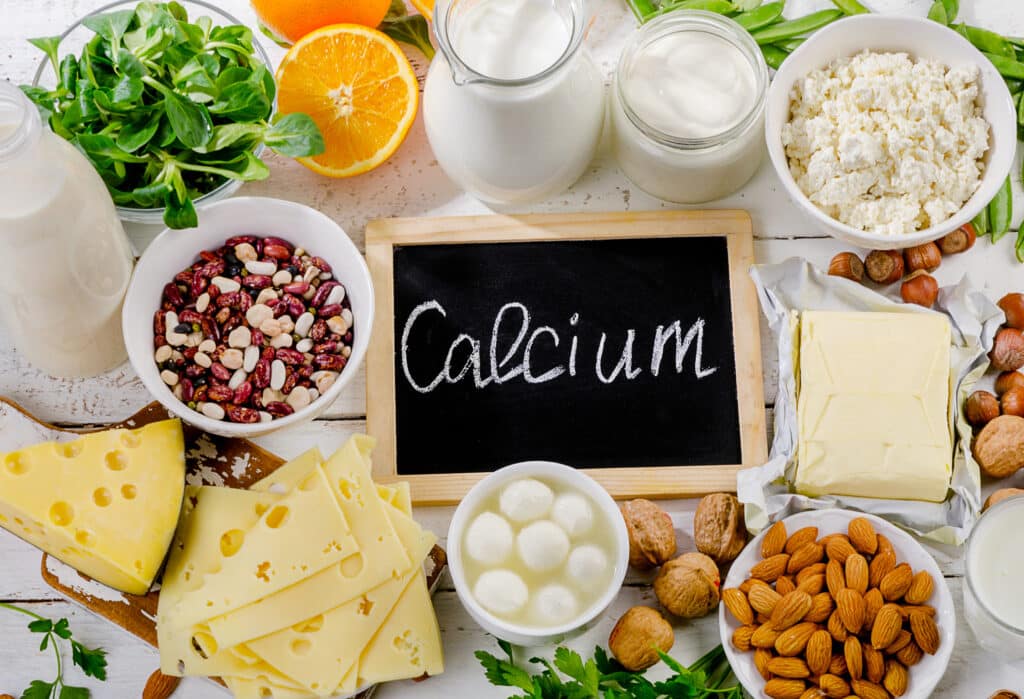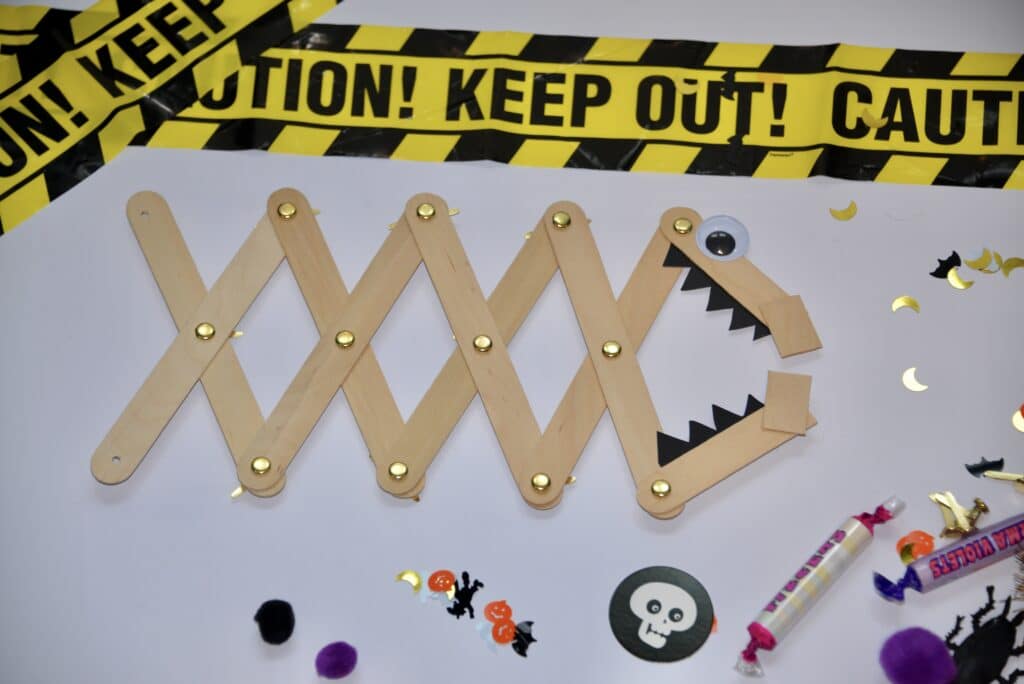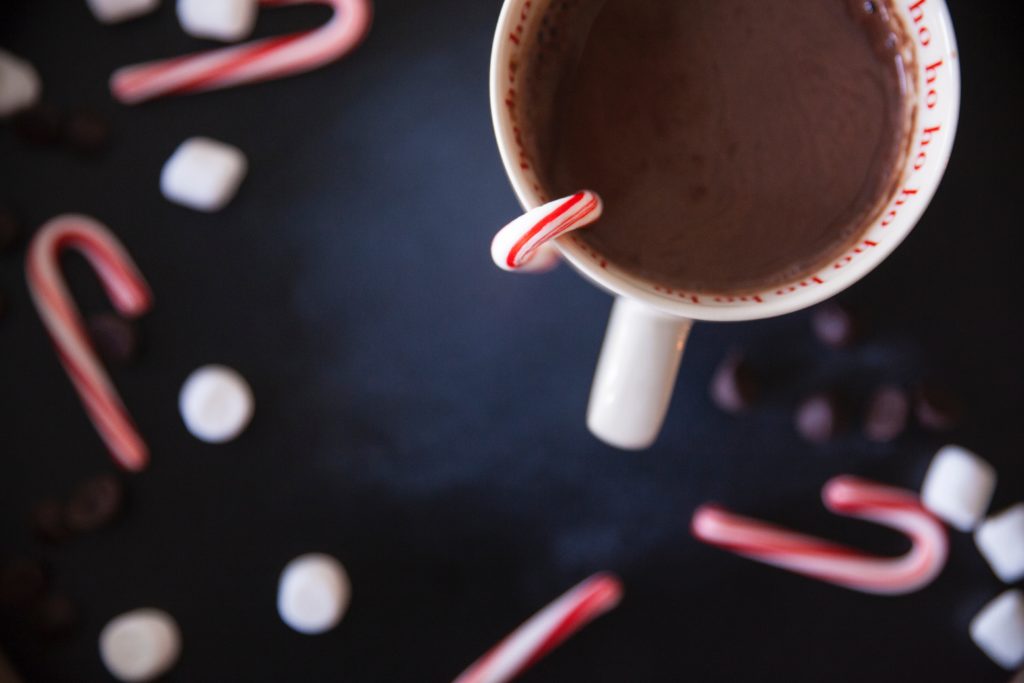Pumpkin Lava Lamps – Halloween Science for Kids
These pumpkin lava lamps for Halloween are a fun party activity or decoration and an unusual alternative to a traditional pumpkin. They are super easy to make and entertaining to watch, especially in the dark.
Other ideas are to try different colours, add glitter, or get creative and decorate the jar to look like a witch or ghost.

How to make a pumpkin lava lamp
You will need
- A clear plastic bottle or jar
- A bottle of vegetable oil
- Orange food colouring
- Glitter
- Water
- Alka Seltzer
- Black pen and pipe cleaners for decoration
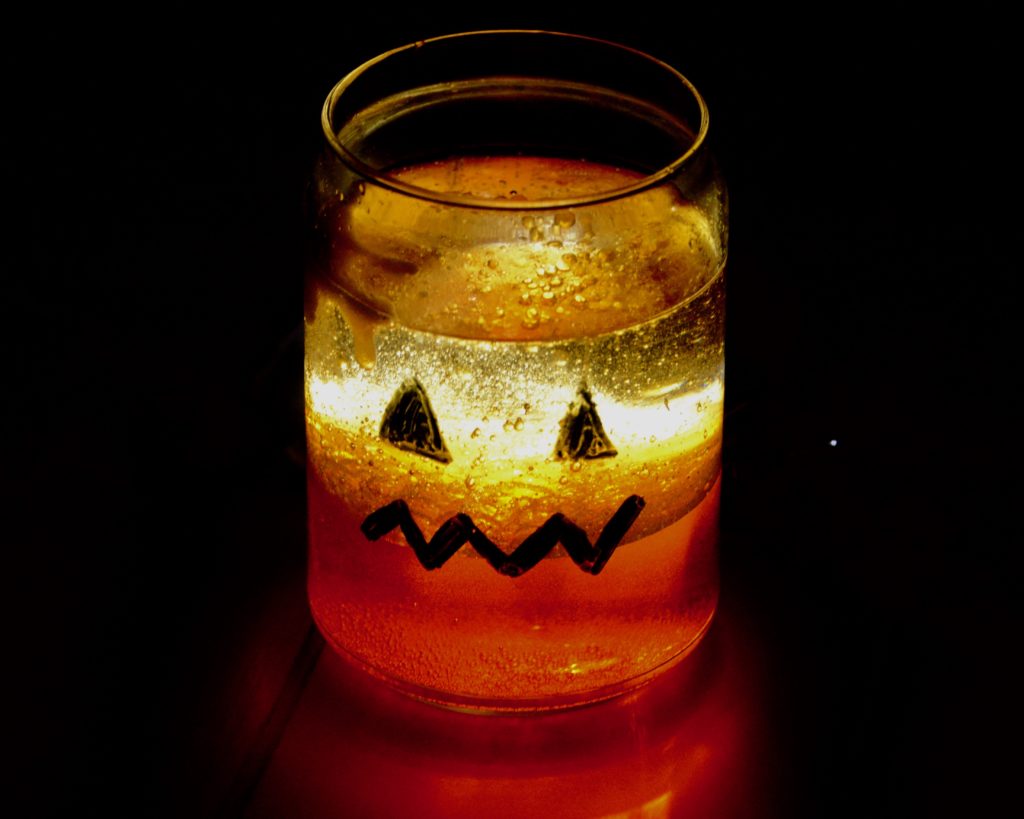
Lava Lamp Instructions
Fill the bottle or jar a quarter full with water, add some orange food colouring and mix well.
Top up to the (near) top with the vegetable oil.
The oil and water will separate into two layers. Water at the bottom and oil on the top.
Decorate as you wish, we used a black
